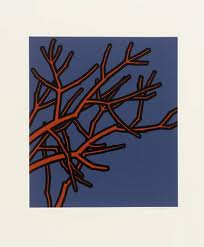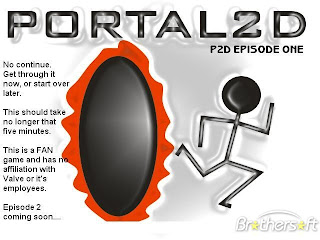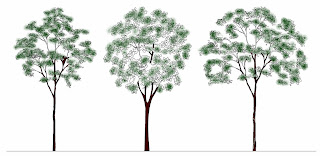In this new project we have been asked to create 3 short animations using basic 2D shapes which use a range of Animation principles. There are 12 animation principles and these include:
Squash and Stretch
Anticipation
Follow through and overlapping actions
Arcs
Erase-In and Erase-Out
Timing
Secondary Action
Exaggeration
Staging
Straight ahead action and pose to pose
Solid Drawing
Appeal
These principles are examples taken from a source other than the brief although it appears to be pretty much almost the same. When making my animation however, I will be using the principles written in the brief as a basis.
Other influences may work their way into my animation (just for inspiration). These influences include music or some other form of media such as Art that uses 2D shapes. Other influences such as an artist or art movement may make their way into my animation in order to give my animation more substance visually.








